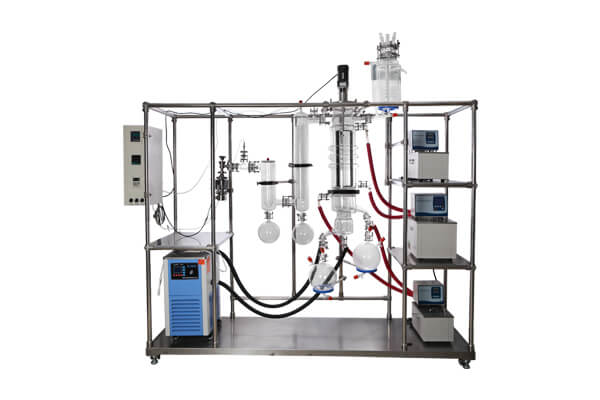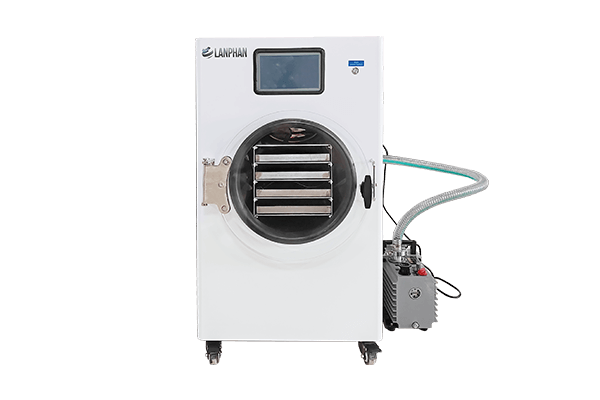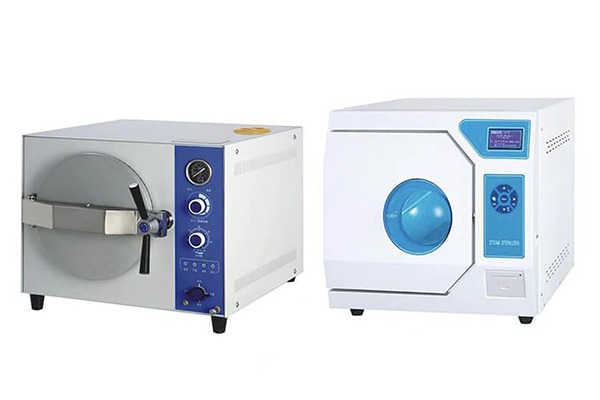What is an Autoclave Used For?
An autoclave is a powerful tool. It plays a vital role in many fields. The primary purpose of an autoclave is to sterilize. It uses steam and pressure to kill harmful microorganisms. This makes it essential in healthcare, laboratories, and even in tattoo parlors.
How Does an Autoclave Work?
An autoclave uses steam at a high temperature. The steam enters a chamber. It then heats everything inside. The combination of heat and pressure destroys bacteria, viruses, and fungi. This is why autoclaves are often called “steam sterilizers.”
Autoclave in Healthcare
Hospitals rely heavily on autoclaves. They sterilize surgical tools, medical instruments, and even some patient care items. Without proper sterilization, harmful bacteria could spread. This could lead to infections and other complications. Autoclaves help ensure that every tool used in surgery is safe.
Laboratory Use of Autoclaves
In laboratories, autoclaves are crucial. They sterilize lab equipment, glassware, and even waste. This prevents contamination in experiments. For research that requires absolute cleanliness, an autoclave is the go-to tool. It ensures that results are accurate and not skewed by contaminants.
Autoclaves in the Tattoo Industry
Tattoo artists also use autoclaves. Needles and other tools must be sterile before use. This prevents the transmission of diseases. An autoclave ensures that each needle is safe and free of harmful pathogens.
Autoclaves in the Beauty Industry
Even in beauty salons, autoclaves have a place. Manicure tools, for example, need to be sterilized. Using an autoclave ensures that customers are not exposed to harmful bacteria. This keeps both the salon and its customers safe.
Different Types of Autoclaves
There are various types of autoclaves. Some are large, designed for hospital use. Others are smaller, perfect for labs or tattoo parlors. The type of autoclave needed depends on the purpose.
Gravity Displacement Autoclaves
This type uses gravity to remove air from the chamber. Steam then fills the space, pushing out any remaining air. It is a simple and effective method. Gravity displacement autoclaves are often found in smaller settings, like dental offices or small labs.
Vacuum Autoclaves
Vacuum autoclaves are more advanced. They remove air using a vacuum pump before steam is introduced. This method is faster and more efficient. It ensures that steam reaches every corner of the chamber. Vacuum autoclaves are often used in larger hospitals or research labs.
Choosing the Right Autoclave
Selecting the right autoclave depends on several factors. First, consider the size. A large hospital needs a bigger autoclave than a small clinic. Next, think about the type of items to be sterilized. Some autoclaves are better suited for certain materials. Lastly, consider the frequency of use. High-use facilities might need a more robust model.
Maintenance of Autoclaves
Proper maintenance is crucial. Regular cleaning is a must. This ensures the autoclave works effectively. Over time, mineral deposits can build up. These need to be removed. Regular inspections help identify any issues early. This prevents breakdowns and keeps the autoclave running smoothly.
Autoclave Safety Tips
Using an autoclave requires care. Always follow the manufacturer’s instructions. Never overload the chamber. Overloading can prevent proper sterilization. Also, be mindful of the type of materials you are sterilizing. Not all materials can withstand the high temperatures of an autoclave. Always use the appropriate settings for different items.
Why Autoclaves are Important
The importance of autoclaves cannot be overstated. They protect us from harmful microorganisms. In healthcare, they are a key line of defense against infection. In laboratories, they ensure that research is accurate. In other industries, they keep customers safe. Without autoclaves, many modern practices would be impossible.
Autoclave Innovations
Technology continues to advance. Modern autoclaves are more efficient than ever. Some models now feature digital controls. This allows for precise settings. Others are designed to use less water and energy, making them more environmentally friendly. Innovations like these continue to improve the effectiveness of autoclaves.
Autoclaves and Sustainability
Sustainability is a growing concern. Newer autoclave models are designed with this in mind. They use less energy and water. Some even have features that reduce waste. As industries look for ways to be more sustainable, these autoclaves are becoming more popular.
Autoclaves in Education
Educational institutions also use autoclaves. In biology and chemistry labs, they are essential. They help students learn about sterilization and safety. Autoclaves in schools ensure that experiments are conducted safely. This prepares students for careers in science and healthcare.
Autoclaves in the Food Industry
The food industry also benefits from autoclaves. They are used to sterilize packaging and equipment. This helps prevent foodborne illnesses. An autoclave ensures that food is safe for consumption. It is an essential tool in food processing plants.
Autoclave Myths
There are many myths about autoclaves. Some believe they can sterilize anything. This is not true. Certain materials cannot withstand the heat. Another myth is that autoclaves are difficult to use. In reality, modern autoclaves are user-friendly. They often have digital interfaces that make them easy to operate.
The Future of Autoclaves
The future looks bright for autoclaves. As technology advances, they will become even more efficient. We may see autoclaves that are smaller, faster, and more eco-friendly. The demand for effective sterilization will continue to grow. Autoclaves will remain a vital tool in many industries.
Conclusion: The Versatility of Autoclaves
Autoclaves are more than just sterilizers. They are versatile tools that play a crucial role in many fields. From healthcare to food processing, they ensure safety and cleanliness. Understanding what an autoclave is used for helps us appreciate its importance. Whether you are in a hospital, a lab, or even a tattoo parlor, the role of the autoclave is indispensable.
What’s Next?
Now that you know what an autoclave is used for, you might be curious about the different types available. Stay tuned for our next article where we dive into the specifics of various autoclave models and their unique features. You’ll discover how to choose the best autoclave for your needs and learn about the latest innovations in autoclave technology. Don’t miss out on this essential guide.



